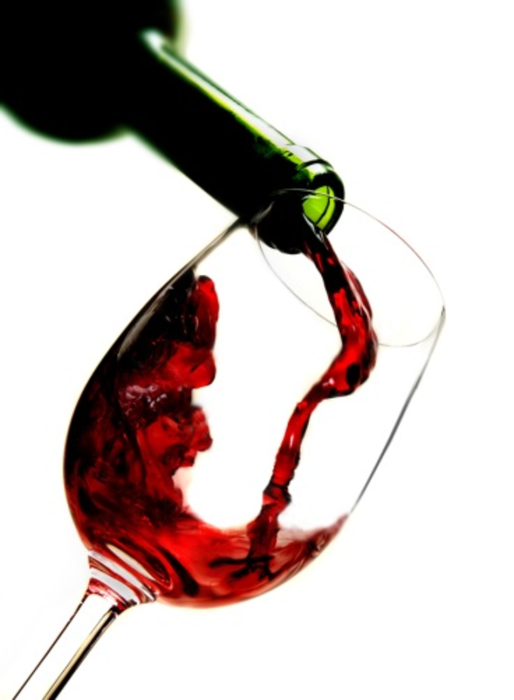Client: Wine Enthusiast
Vendor: Convertro
Objective: To indentify top and underperforming affiliates using algorithmic marketing attribution
The Challenge: As marketers pursue target customers across more touchpoints it becomes exponentially harder, or in some cases outright impossible, to track the effectiveness of campaigns across channels. Which affiliates or touchpoints are generating the most revenue and conversions? Which boasts the highest ROI? Which is underperforming and is it worth it to continue to spend on these affiliates?
Wine Enthusiast, a wine accessories and storage company, sought answers to these questions—questions many marketers have asked for the past few years. “Until a couple of years ago marketers were flying blind,” says Jeffrey Zwelling, CEO and cofounder of marketing attribution services provider Convertro, who emphasizes the importance of optimizing mixed media spend to drive more conversions and tracking marketing ROI. “For the most part, they didn’t know what was going on a granular level.”
The Strategy: Like most companies, Wine Enthusiast lacked the means to objectively gauge how much or how little a specific channel or affiliate source contributed to conversions or sales. The company had few options but to maintain manual logs and spreadsheets. “At the end of the month I would tell [affiliates] to send me an order audit with all the order IDs they were taking credit for,” says Glenn Edelman, VP of digital marketing at Wine Enthusiast. “You could just see the tremendous overlap. I didn’t have a clear vision of who was starting the order, helping it along, or closing the order. According to them, they were all closing.”
Wine Enthusiast’s objective was simple: isolate and identify underperforming affiliates and take action. Edelman’s quest for effective attribution led him and Wine Enthusiast to Convertro in 2011.
“We had a lot of our customers getting to checkout and going to coupon sites that were affiliates of ours,” Edelman says. “They weren’t doing much to close the order for us. They weren’t introducing anything. How important was that coupon site? Did they earn that commission?”
Edelman found that the company’s top three performing coupon affiliates were also the top three organic search results for the string “Wine Enthusiast Coupons.”
The Results: The coupon affiliates claimed, and appeared, to drive new customers. However, their contribution amounted to little more than another step in the sales process, and, Edelman says, an unnecessary one at that. “We decided to just cut ties for 30 days and see if there were cost-savings.”
During this 30-day span Wine Enthusiast purged coupon sites from its affiliate program, cutting affiliate costs by 33%. The company also purchased the domain name WineEnthusiastCoupons.com and developed a respective website, effectively insourcing the functionality of its former affiliates.
These measures netted Wine Enthusiast a 16% increase in holiday revenue between Black Friday and Christmas over the previous year. All told, the culling of coupon affiliates increased the company’s overall ROI by 49%.
Next Steps: With an effective, algorithmic attribution strategy firmly in place, Edelman plans to finally test the viability of mobile for Wine Enthusiast.
“We’re a little bit behind the curve, but we also have an older demographic. We’re seeing that they’re increasingly opening up on mobile devices and willing to buy,” Edelman says. “I want to see the interaction between mobile and desktop as best I can. It’s almost like a clean slate because this is a whole different format and paradigm.”







